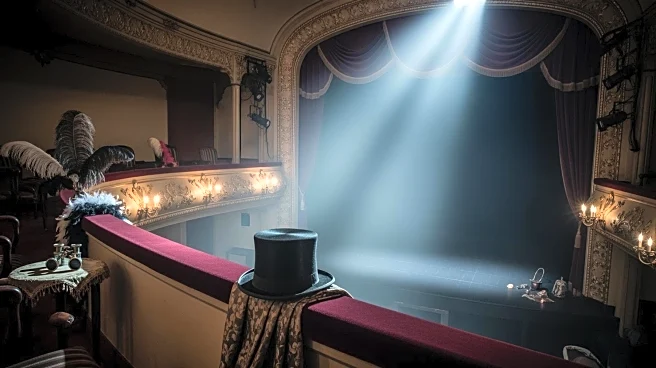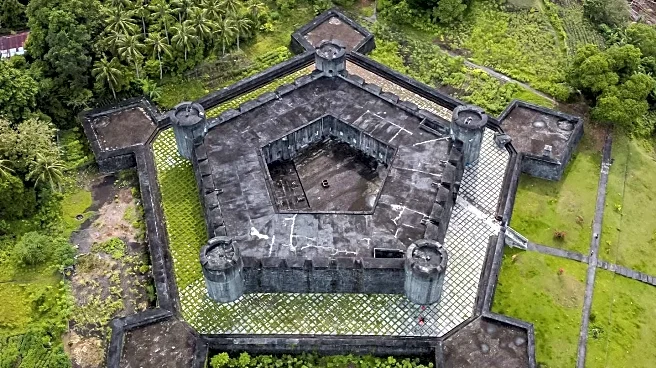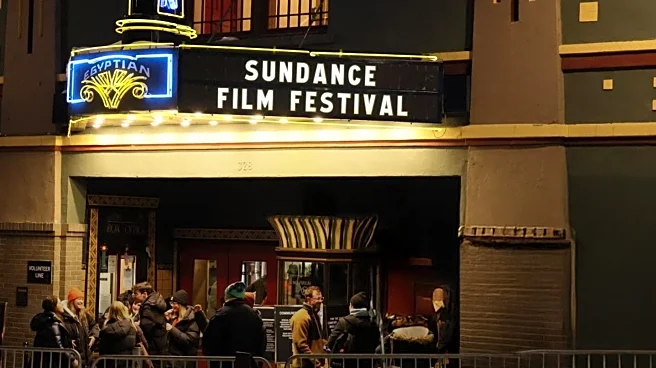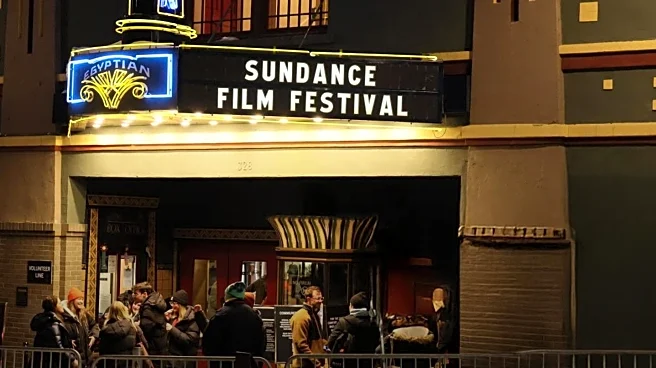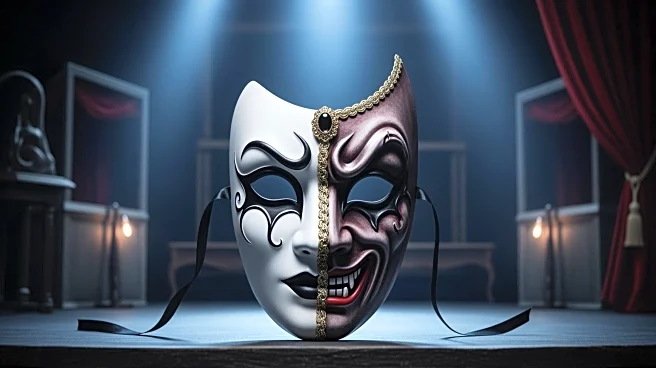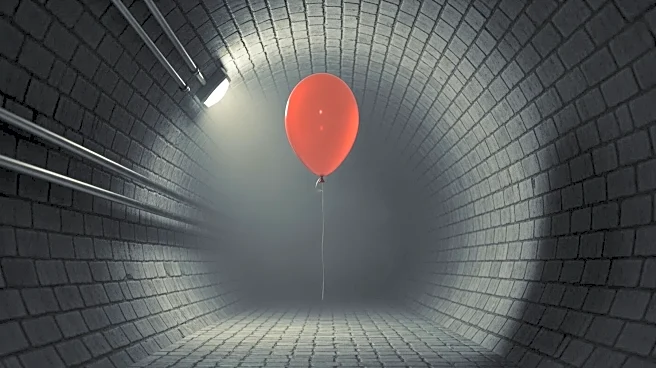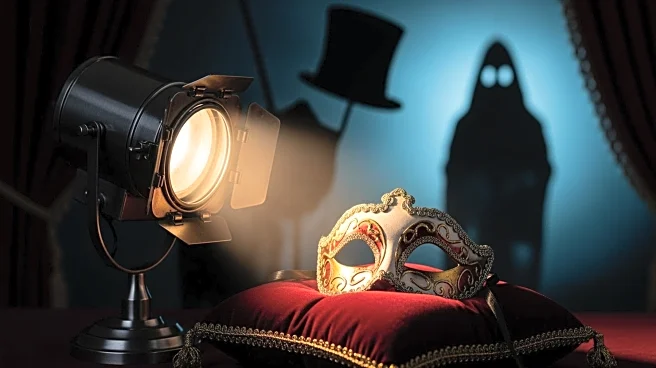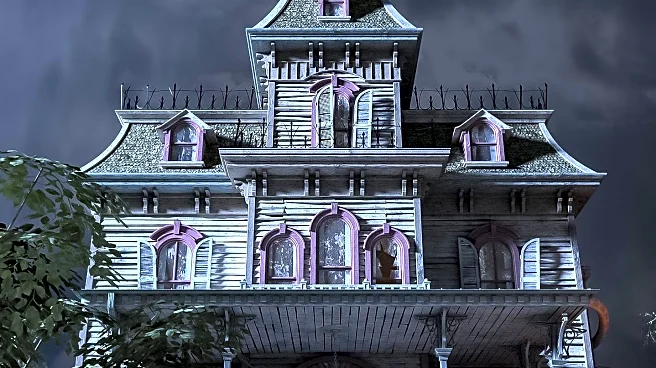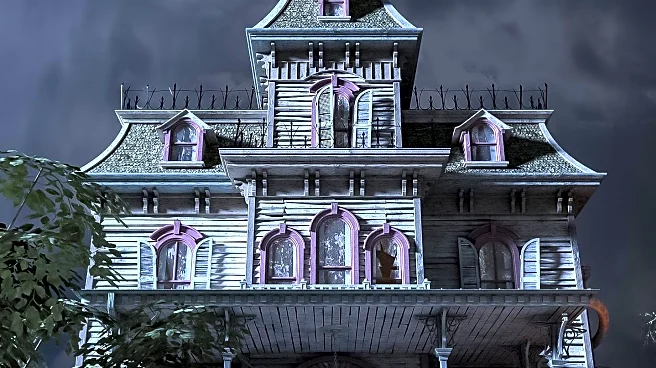What's Happening?
Broadway theaters are reportedly home to numerous ghostly legends, with actors and staff incorporating quirky traditions to appease these spirits. The New Amsterdam Theater, known for hosting 'The Lion
King,' is said to be haunted by Olive Thomas, a former Ziegfeld Follies chorus girl. Broadway historian Jeff Dobbins recounts his own encounter with Thomas's ghost, describing her as mischievous rather than malevolent. The Palace Theatre is considered the most haunted, with up to 100 ghosts, including Judy Garland and a tight-rope acrobat. Despite a decline in theater tourism, ghost tours led by Dobbins are thriving, fueled by renewed interest in musical theater and history, partly due to the success of 'Hamilton.'
Why It's Important?
The fascination with ghost stories on Broadway highlights the cultural significance of these theaters as historical landmarks. The presence of ghost tours suggests a unique niche in tourism that continues to attract visitors despite broader declines. This interest in the supernatural, coupled with the popularity of shows like 'Hamilton,' underscores the enduring appeal of Broadway as a cultural and historical hub. The stories of spirits and legends contribute to the mystique of Broadway, offering a distinctive experience that blends entertainment with history.
What's Next?
As interest in ghost tours remains strong, Broadway theaters may continue to embrace their haunted reputations, potentially expanding tour offerings to capitalize on this niche market. The integration of ghost stories into regular tours could enhance the appeal of Broadway as a destination for both theater enthusiasts and history buffs. Additionally, the ongoing popularity of shows like 'Hamilton' may further drive interest in the historical and cultural aspects of Broadway, encouraging theaters to preserve and promote their unique heritage.
Beyond the Headlines
The presence of ghostly legends in Broadway theaters raises intriguing questions about the intersection of history, culture, and entertainment. These stories reflect the deep emotional connections that performers and audiences have with the theater, suggesting that the spirits of past legends continue to influence the cultural landscape. The acceptance of these ghostly tales by theater staff and visitors alike highlights a broader cultural fascination with the supernatural and its role in storytelling and tradition.
